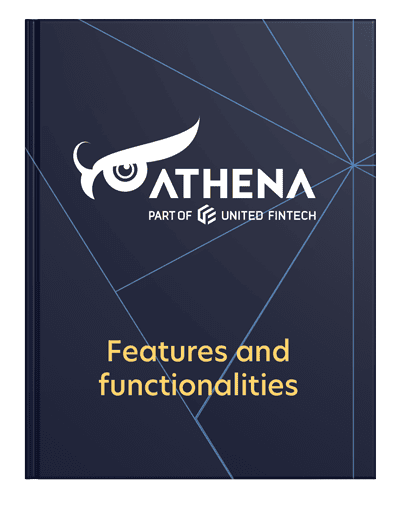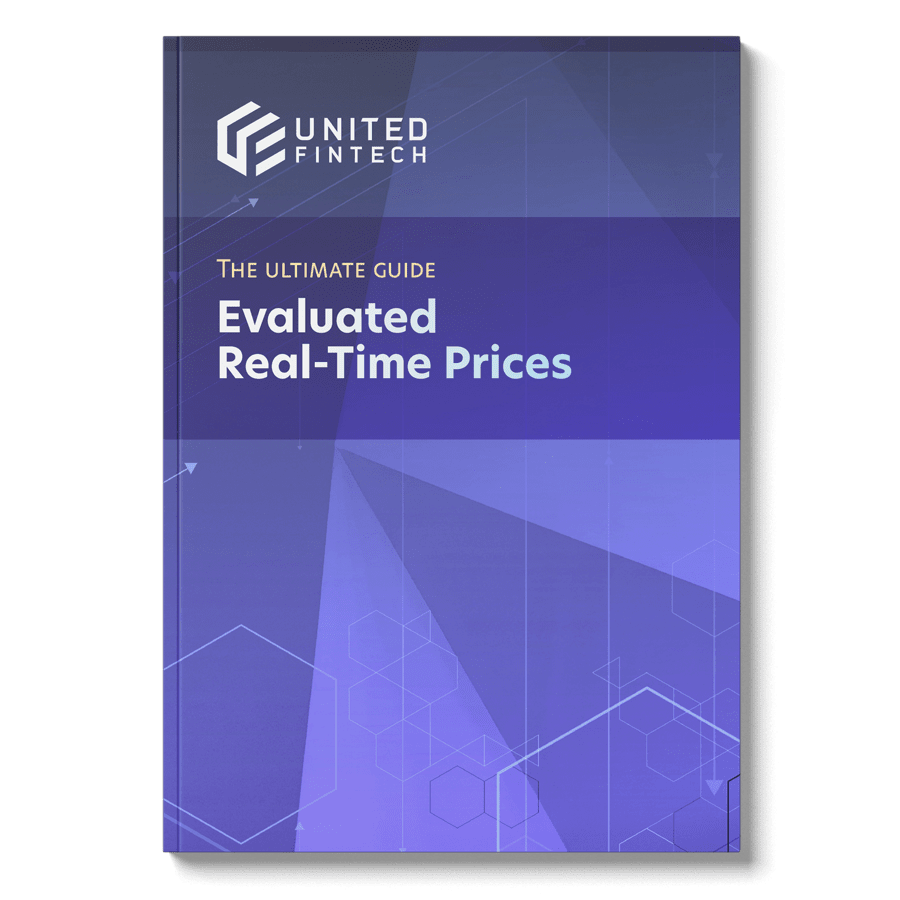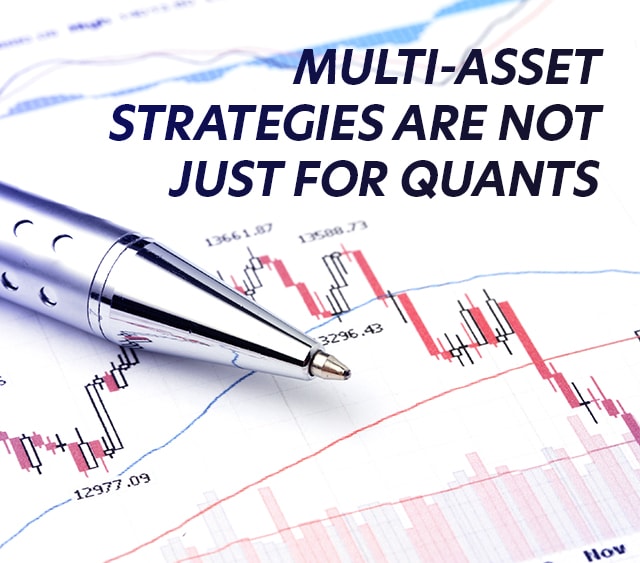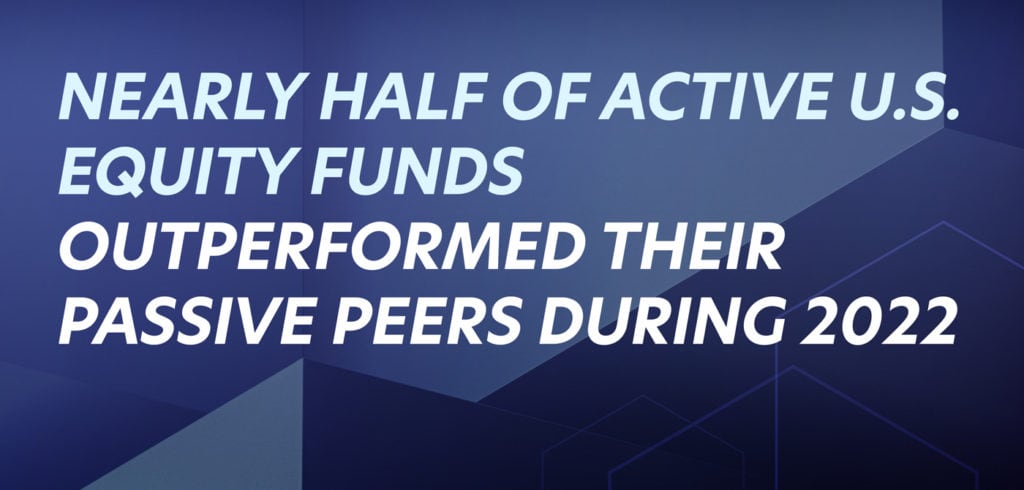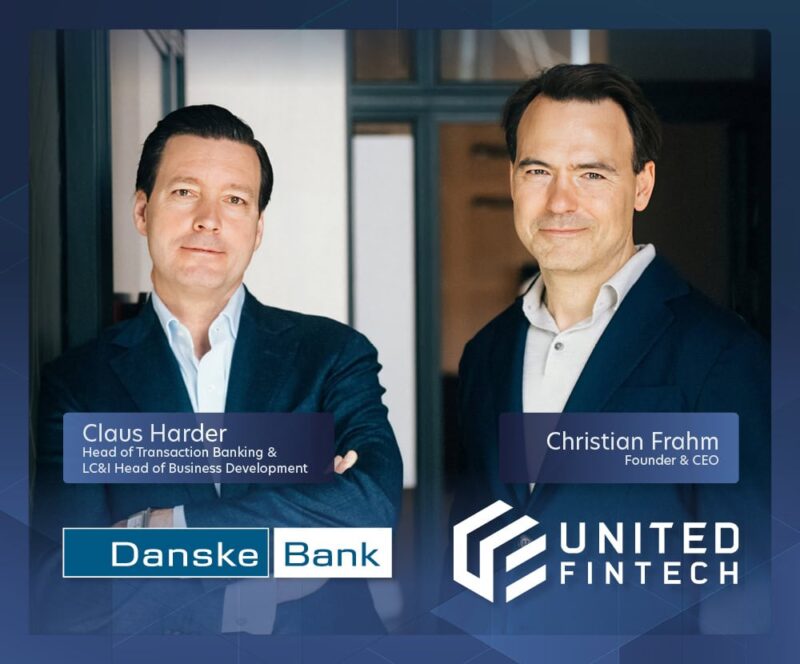Balanced Funds are what multi-asset strategies used to be called by many portfolio managers. The majority of large hedge funds and asset managers have balanced funds that they offer their investors. An example of a balanced fund is made up of up to 75% equities and 25% fixed income. These funds may invest in mortgage-related and other asset-backed securities, loan participations, or inflation-protected securities as well as others. Often these funds have an active and passive investing variant.
An example can include when holding a long-term stock position (passive), buying day-trade futures on the side to benefit from short-term market movements (active).
Hedge fund managers need a transparent and agile operating model that demonstrates that they are a credible investment entity that can manage risk whilst generating alpha effectively.
Of late, traders are more frequently adopting multi-asset strategies. Many of these strategies are active, these strategies are gaining in popularity again. Active strategies will often entail in-depth analysis of data including asset growth, beta, book/price, cash flow/price, debt paydown yield, dividend/price, earnings/price, EBIT/TEV, gross profit, repurchase yields, return on assets, return on equity and many other factors. This is also considered to be a bottom-up approach.
However, there is still a general acknowledgment that active investors need to ‘beat the market’. Meaning that analyzing all the data and being an expert at seeing patterns and opportunities is key to delivering a good return for their portfolio.
Multi-Asset Strategies are not just for Quants
In 2018 the CFA Institute published a paper on “Multi-Asset Strategies: The Future of Investment Management.” In the paper the author challenged the common myth that the asset allocation process and multi-asset strategy products belong to the realm of quants. The paper suggests that embracing multi-asset trading strategies to gain efficiency can come from breaking down the barriers between quants and fundamental investors.
This also highlights the difference between top-down and bottom-up portfolios. Where bottom-up will look at the fundamentals of the stock, top-down looks at the macro factors.
According to Joe McGuane of Callan “macro managers remained the best-performing strategy for the first half of 2022.”
These macro hedge funds often use a multi-asset trading strategy by investing in broad sectors and securities. They look for liquidity and use high leverage to take advantage of market activity. They have a low correlation with traditional equities and fixed income portfolios.
Importantly, with the increased performance of platforms available on the market, many tasks considered to be the remit of ‘quants’ can now be accessed by a wider community of investment professionals. But not all of the tasks. Algorithmic trading still needs the support of a quantitative developer, but there is also a need for algorithmic traders in the process. To design the strategy before it is programmed.
How to ensure the best asset allocation
In the current market, investors will try to reposition their portfolio to capture different stages of the business cycle when trading securities, as an example. This includes allocating capital to asset classes that offer the most potential for gains, or tactical asset allocation. This is used in active management.
Historically investors look to the Japanese Yen, the Swiss Franc, government bonds, or even Gold when facing a recession or increased inflation.
Other priorities for portfolio managers include the preservation of capital through effective risk-management strategies. With access to derivative products, investors are able to offset the downside at the cost of reducing the potential upside. This strategy helps maintain capital preservation.
Having stocks that represent a wide selection of geographies and industries may be an effective strategy. But it rarely offers the benefits of a truly diversified portfolio that includes multiple asset classes like bonds, commodities, forex, or equities.
Current state of multi-asset funds and returns
In 2022 so far several of the larger asset managers have submitted results for their various products. As mentioned earlier, macro hedge funds have performed well so far in 2022.
In 2022 so far active managers at hedge funds have been delivering good results. Some of the areas they have focused upon include equity funds. According to Morningstar bi-annual data, nearly half of active U.S. equity funds outperformed their passive peers during 2022. However, according to The Wall Street Journal’s Winners’ Circle survey, for the last 12 months up to September, only 7 funds managed to post any gains. Out of 1,412 U.S. actively managed stock funds tracked.
According to PivotalPath the top performers in the hedge fund industry so far this year are Managed Futures (+21%), Global Macro (+12,5%) and Multi-Strategy (-0,2%). Larger well-performing hedge funds have used scale investments in modeling and infrastructure to benefit from the market.
One of the firms that have performed the best is D.E. Shaw who posted double-digit returns across its Oculus, Composite, and Valence funds. These are characterized as multi-strategy hedge funds.
To shed further light on the matter, the Composite fund, the largest operated by D.E. Shaw, makes quantitative and human-driven bets across assets and geographies and rose 20.5% this year up till end of August.
How best to make use of the rise of multi-asset strategies
Of course, much of the skill behind building alpha in multi-asset strategies is dependent on the experience of the portfolio manager who oversees the trades. It is also necessary to have access to huge amounts of data in order to test and implement various strategies. But much of the infrastructure available to portfolio managers is dated. Some portfolio managers even believe that with the rise of algorithmic trading, the rest of the technology available to funds has not kept up pace.
One company working to change this is Athena Systems. Their Spark is an state-of-the-art OMS/PMS platform that provides superior coverage for Multi-asset workflows and includes comprehensive workflow automation.
The customer has always been at the forefront of the development of Athena Spark. The cloud-native, flexible build solution adapts to the company’s processes allowing users to add the modules needed whether it’s portfolio analytics, risk (Monte Carlo, historical or parametric), P&L, compliance, order management & full fund/partnership.
The platform optimizes processes by automating tedious error-prone processes, but more importantly are, unlike other cloud solutions, easy to implement. Freeing up time for your organization and ensuring true data integrity across all assets.
Multi-Asset Trading needs a leading OMS/ PMS platform to give the best chance of finding alpha
To attain the best chance of “beating the market” with a trading strategy there are many elements that need to be considered. The rise in popularity of algorithms has created a continued need to scale technology solutions available today.
In a market where market corrections are commonplace, the need to have good data is key. Systems and infrastructure that can help both workflows and better use of data are becoming a necessity. Choosing the right partner to help provide the best solutions can help deliver stronger, more transparent, and more cost-efficient trading strategies.
At Athena Systems the customer is the priority. The Athena platform provides users with a flexible cloud-native multi-asset solution that adds transparency throughout the trading cycle. With best-in-class security, and heightened compliance support, Athena’s systems offer agility and operational resilience. Allowing you, as a portfolio manager, to create and deploy the multi-asset trading strategies that can help achieve the best chance at beating the market.





